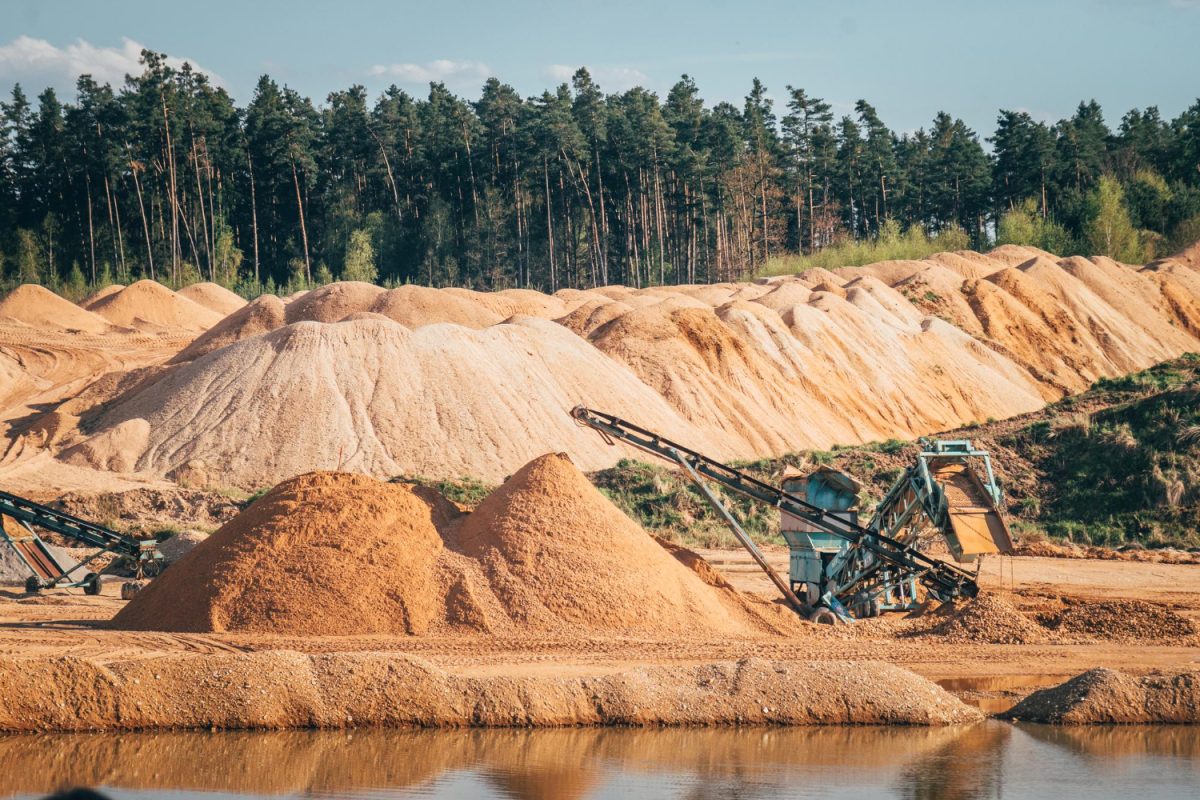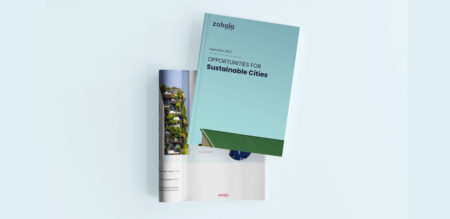
News
MINIMIS
What is “de minimis” aid?
If you have doubts about de minimis aid and are also affected by the new Temporary Framework, we can help you. Do you know why the Temporary Framework and de minimis aid is counted per group of companies?
ROTATE
ROTATE, a Horizon Europe funded project, focuses on social impact

Achieving the production of raw materials with near-zero emissions and pollution. It is the main objective of ROTATE, a mining project funded with 15 million euros within the framework of Horizon Europe, in which Zabala Innovation leads the Clustering activities & Social acceptance work package.
Led by the “Asociación Nacional de Empresarios Fabricantes de Aridos (ANEFA)”, ROTATE consists of 21 expert partners from France, Spain, Sweden, the UK, Finland, Denmark, Belgium, Portugal, and Norway.
This project will provide the mining industry with new tools towards a more sustainable extraction of minerals, where social acceptance in the quarries will be key, not only to avoid possible conflicts with local communities, but also to integrate the extractive activity into the local economy and contribute effectively to local development.
The solutions proposed in the project will allow to improve the cut-off grade while reducing the environmental footprint of the whole process and at the same time addressing the complex societal challenge of achieving social acceptance and citizen engagement.
The long-term result will be an increase in the number of critical raw material deposits that could be exploited in the future, boosting the EU’s access to this strategic sector and favoring the development of the renewable energy, electric mobility, and defense and space sectors.
The extractive mining industry plays a vital role in the European economy. However, its long-term sustainability implies the need to address some challenges, such as reducing import dependency (one of the objectives of the European Innovation Partnership), pro European Innovation Partnershipmoting safe and cost-effective materials and extraction processes, and reducing its environmental and social impact.
Operating extractive sites requires removing natural vegetation, topsoil and subsoil to reach the mineral deposits.
Thus, environmet might be affected by noise and vibrations generated by the machinery; pollution and decreased air quality such as dust, CO2, NOx- a group of gases formed by nitric oxide (NO) and nitrogen dioxide (NO2), which seriously damages the environment and the quality of the air we breathe directly derived from the RM but also from the non-electric machinery; disruption of the movement of surface water and groundwater and interruption of natural water recharge and can lead to reduced quantity and quality of drinking water for residents and wildlife near or downstream; land use and waste generation (extractive and industrial waste).
It has a social impact: its proximity to neighborhoods leads to social conflicts, such as traffic, environmental concerns, and loss of trust in the value chain.
Both social and environmental impacts are closely related. For example: dust from site traffic and crushing signifies H&S hazard, production losses due to excessive fines during crushing, environmental impact, pollution and noise, leading to social tensions.
Thus, one single action to reduce dust influences all 4 of H&S, profitability, environment and social challenges.

News
MINIMIS
If you have doubts about de minimis aid and are also affected by the new Temporary Framework, we can help you. Do you know why the Temporary Framework and de minimis aid is counted per group of companies?

Opinion
EXTERNAL FINANCING INSTRUMENTS

Paola Votta
Third Countries Knowledge Area Leader

Publication
CITIES
Find out about European funding opportunities to help build sustainable cities
We are experts in European funding programmes, which provide the opportunity to finance the development and market access of your company's innovative projects.
Europe offers many opportunities to support and foster Research, Development and Innovation actions. Competition is high and being well positioned among stakeholders active in each sector requires a well thought-out plan of action and an active way of promoting visibility in Brussels.
We collaborate with public administrations to promote innovation and assist companies in integrating innovation into their overall strategy.
This website uses cookies so that we can provide you with the best user experience possible. Cookie information is stored in your browser and performs functions such as recognising you when you return to our website and helping our team to understand which sections of the website you find most interesting and useful.
Strictly Necessary Cookie should be enabled at all times so that we can save your preferences for cookie settings.
This website uses Google Analytics to collect anonymous information such as the number of visitors to the site, and the most popular pages.
Keeping this cookie enabled helps us to improve our website.
Please enable Strictly Necessary Cookies first so that we can save your preferences!
This website uses the following additional cookies:
(List the cookies that you are using on the website here.)
Please enable Strictly Necessary Cookies first so that we can save your preferences!